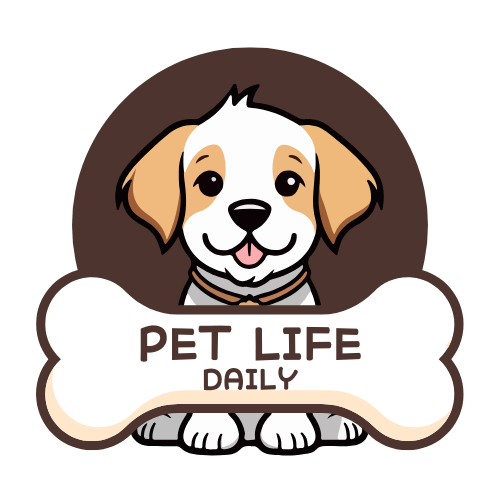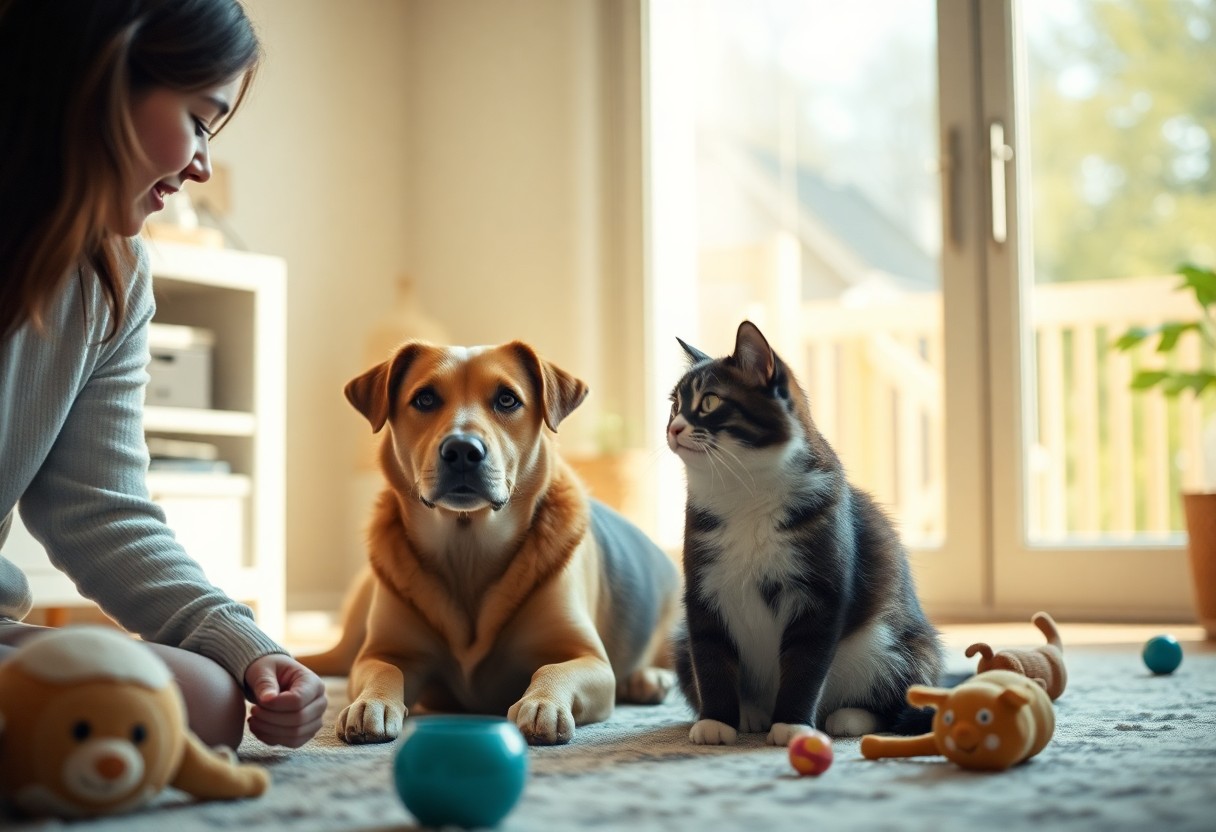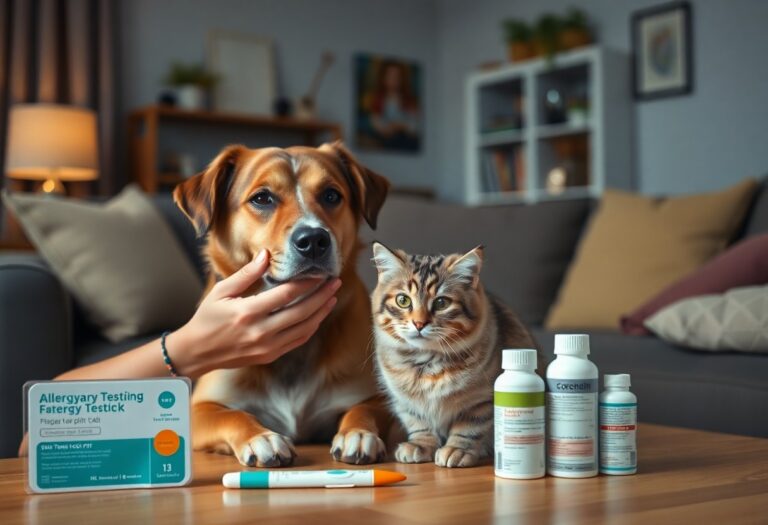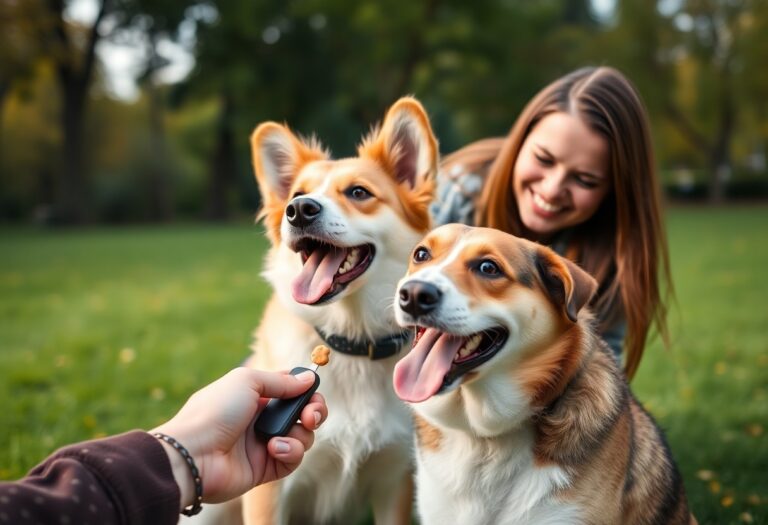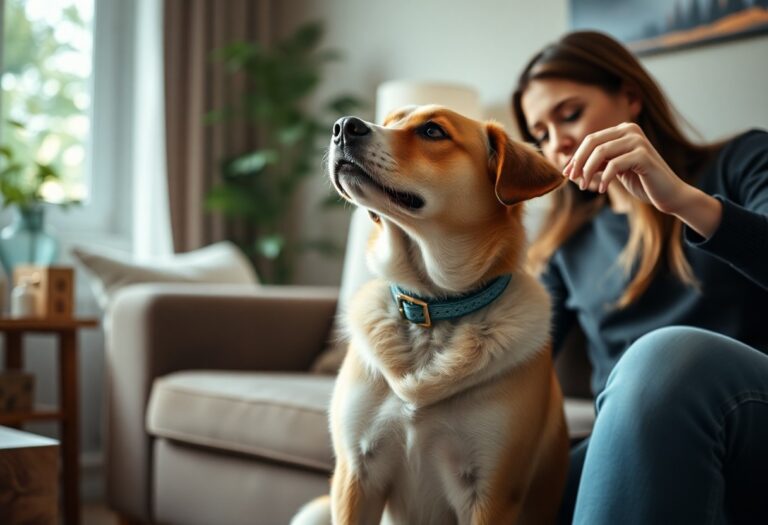Aggression in pets can pose serious risks not only to you and your family but also to others in your community. To ensure a harmonious environment, it’s important to identify triggers and implement preventive measures early on. Understanding your pet’s body language and socialization needs can significantly reduce the likelihood of aggressive behavior. Additionally, providing consistent training and a stable routine reinforces desirable behaviors and builds your pet’s confidence. By taking proactive steps, you can foster a safe, loving atmosphere for your pet and all those who interact with them.
Decoding Aggression Triggers in Pets
Common Stressors and Their Impact
Understanding common stressors that lead to aggression in pets can significantly enhance your ability to prevent unwanted behaviors. Factors such as changes in the environment, unfamiliar people or animals, loud noises, and lack of proper socialization can trigger stress responses. For instance, if your dog becomes agitated during thunderstorms or is unaccustomed to large gatherings, it’s a signal that their comfort zone is being challenged. Identifying these triggers allows you to create safer spaces for your pet and strategies to manage their stress effectively.
Beyond environmental changes, health issues can also manifest as aggression. A normally docile pet may lash out when in pain or discomfort. Regular veterinary check-ups are imperative; conditions such as hip dysplasia, dental disease, or even hidden injuries can cause behavioral changes. These underlying issues require your vigilance and an understanding of your pet’s normal behavior to recognize when something is wrong.
Identifying Aggression Warning Signs
Recognizing aggression warning signs is imperative for timely intervention. Subtle behaviors often precede more aggressive displays, such as body language changes and vocalizations. You should be alert for signs like stiff posture, raised hackles, growling, and bared teeth, which indicate your pet is feeling threatened or anxious. Becoming familiar with these warning signs can provide early indicators that your pet needs support before the situation escalates.
Further observation of your pet’s behavior is key to mastery in this area. Pay close attention when your pet encounters stressors; for example, if your dog suddenly tucks its tail between its legs or if your cat begins to swat when being petted, these are red flags that should not be ignored. Documenting these behaviors may help you identify patterns, enabling you to work with a professional trainer or behaviorist to implement effective modifications. Through understanding and patience, you can help your pet navigate their environment more comfortably.
The Role of Socialization in Prevention
Building a well-adjusted pet begins with effective socialization strategies. Dedicated exposure to various people, animals, sounds, and environments helps prevent aggressive behavior by fostering a positive disposition. Socialization should be approached systematically, engaging your pet in different scenarios that challenge them while also ensuring they feel safe. The first three months of a pet’s life are especially formative, making it a prime time for you to introduce experiences that build confidence and comfort.
Early Socialization Techniques
Start socializing your pet as early as possible, ideally by the time they reach 16 weeks of age. Puppy classes, for instance, harness the natural playfulness of young dogs while teaching bite inhibition and social skills with other canines. You might also consider organizing small gatherings with trusted friends who have well-behaved pets. These interactions allow your pet to experience a variety of temperaments and personalities, facilitating a positive social framework. Gentle handling by different people can also help your pet learn to trust, diminishing fear-based responses as they mature.
The Importance of Exposure to Diverse Environments
Exposing your pet to a mix of environments is vital for developing adaptability and confidence. This means taking your pet on walks through busy parks, busy streets, or even public transportation. Regularly introduce them to novel sights, sounds, and scents, such as construction sites or crowded shopping areas. Each new experience can go a long way in reducing fear responses that lead to aggression. A pet that’s seen various environments is less likely to react negatively to unexpected encounters.
Diverse environments stimulate your pet’s senses and expand their comfort zones. For instance, a well-socialized dog that has encountered motorcycles, children, and skateboarders is less likely to become anxious or aggressive when faced with such stimuli unexpectedly. Fostering these experiences during the formative stages of life transforms your pet into a well-rounded companion and fortifies their ability to handle life’s surprises with ease.
Training Strategies that Deter Aggression
Positive Reinforcement Techniques
Positive reinforcement is an effective strategy for nurturing calm and affectionate behavior in your pet. By rewarding your furry companion for good behavior, you build a solid foundation of trust and encourage them to repeat those desirable actions. For example, if your dog remains calm during a visit from a guest or allows you to groom them without resistance, reinforce that behavior with treats, praise, or a favorite toy. Not only does this technique strengthen your bond, but it also creates a favorable learning environment where your pet feels safe and motivated.
Engagement in positive reinforcement can be tailored to address specific behavior patterns. For instance, if your cat displays signs of aggression during playtime, redirect their energy with interactive toys while rewarding them for playing gently. Over time, your pet will associate the absence of aggressive behavior with positive outcomes, leading to a reduction in aggressive tendencies. The simplicity and effectiveness of positive reinforcement make it one of the most powerful tools in your training arsenal.
Addressing Behavioral Issues Before They Escalate
Proactively addressing behavioral issues can prevent aggression from becoming a serious problem. Behavioral patterns often indicate underlying stress or discomfort, so it’s vital to remain vigilant and observant. For example, if your dog begins to growl when meeting new people, identify this as an early warning sign and work on gradual desensitization techniques. Start by allowing your dog to observe new individuals from a distance, rewarding them when they remain calm and relaxed. Gradually decrease the space, ensuring to keep these interactions positive.
Failure to address any concerning behaviors early on may lead to a cycle of fear, stress, and further aggression. By breaking down problems into manageable steps, you create opportunities for success and promote emotional stability in your pet. If a pet exhibits signs of anxiety or fear in specific situations, confidence-building exercises can be beneficial. Activities such as obedience training or introducing new experiences slowly can rewire their responses to situations they perceive as threatening.
The Influence of Owner Behavior
Recognizing and Modifying Your Own Triggers
Owner behavior plays a pivotal role in a pet’s aggression, often stemming from unrecognized triggers. For instance, you might feel anxious when your dog encounters unfamiliar people or other dogs, inadvertently transmitting that anxiety through your body language. Your pet can pick up on this tension and may react aggressively, believing they need to protect you or themselves. Reflect on situations that provoke your stress. Journaling your responses during these encounters can help you identify patterns and avoid inadvertently escalating your pet’s anxiety.
By acknowledging your own emotional responses, you can take steps to change how you react in situations that might trigger aggressive behavior. If a leash walk becomes a source of conflict, practice desensitizing your dog to distractions in the environment in gradual steps. For example, use positive reinforcement to reward calm behavior when another dog approaches a distance you deem manageable. This adjustment not only modifies your reaction but also teaches your pet to remain calm in similar situations.
The Power of Calm Leadership and Consistency
Exhibiting calm leadership in your interactions with your pet fosters a sense of security and stability. Animals, especially dogs, look to their humans for guidance, and they thrive in environments where expectations are clear and responses are consistent. If you frequently switch between allowing certain behaviors and correcting them, your pet may feel confused or anxious, leading to increased aggression as a defense mechanism. Establishing a routine that incorporates training, play, and rest can significantly reduce your pet’s stress levels.
Consistency reinforces positive behaviors and helps establish trust. For example, consistently rewarding your pet for relaxed behavior around other people or pets can create a positive association that replaces fear with confidence. When your pet understands what is expected and feels secure in their environment, they are less likely to display aggressive tendencies. Regularly practicing these principles can forge a strong bond based on understanding and support.
The approach you take in leading your pet matters significantly in minimizing aggression. A calm demeanor not only reassures your pet but also reinforces an environment that fosters cooperation and positivity. By consistently modeling calmness in all training sessions and social interactions, you enhance your pet’s ability to respond appropriately, positively impacting their behavior in diverse scenarios.
Engaging Professional Help When Needed
When to Consult a Veterinarian or Behaviorist
Recognizing the signs that your pet may need professional help can be pivotal in addressing aggressive behavior effectively. If your pet exhibits sudden changes in behavior such as increased growling, snapping, or frequent lunging at other animals or people, these can be indicators of deeper issues, such as pain, fear, or anxiety. A veterinarian can assess your pet for any underlying medical problems that may be contributing to aggression. Conditions like arthritis or dental pain can lead to unexpected aggression, and resolving these medical issues may alleviate the behavioral symptoms.
Should your pet’s aggression appear to be more behavioral rather than medical, consulting with a certified animal behaviorist can be beneficial. These professionals study animal behavior scientifically and can offer tailored strategies based on your pet’s unique triggers. For instance, if your dog becomes aggressive during interactions with unfamiliar people, a behaviorist might suggest gradual desensitization techniques, allowing your pet to adjust slowly to new stimuli without feeling threatened.
Finding the Right Resources for Support
Accessing the right resources can make a significant difference in managing your pet’s aggression. Online directories, local pet training facilities, and professional organizations such as the Association of Professional Dog Trainers can help you identify certified trainers and behaviorists. Many training centers offer workshops or courses specifically focused on aggression, providing an environment for deeper learning and hands-on experience.
You might also consider joining community forums or social media groups dedicated to pet behavior; these platforms often share valuable insights and personal experiences that can guide you. Reviews and testimonials from other pet owners can also help you make informed decisions regarding training and behavioral experts. Engaging with your local veterinary clinic can also return fruitful results; they often have connections to reputable trainers and behaviorists in your area. By tapping into these resources, you can equip yourself with knowledge and support that will enhance your ability to prevent and manage pet aggression effectively.
Summing up
Ultimately, addressing pet aggression before it develops is a responsibility that all pet owners should take seriously. By being proactive in your approach, you can set the stage for positive behaviors in your furry companions. This involves understanding the triggers that may lead to aggressive tendencies, providing appropriate socialization experiences, and employing consistent training techniques. When you prioritize these practices, you not only enhance your pet’s quality of life but also ensure the safety of those around you.
Preventing aggression involves a combination of vigilance, education, and early intervention. You are encouraged to actively engage with knowledgeable trainers and seek resources that can help you navigate any potential issues. By fostering a nurturing environment and enhancing your pet’s confidence through proper care and training, you can significantly reduce the risk of aggressive behaviors developing. Ultimately, the effort you invest today will lead to a harmonious relationship with your pet tomorrow.
